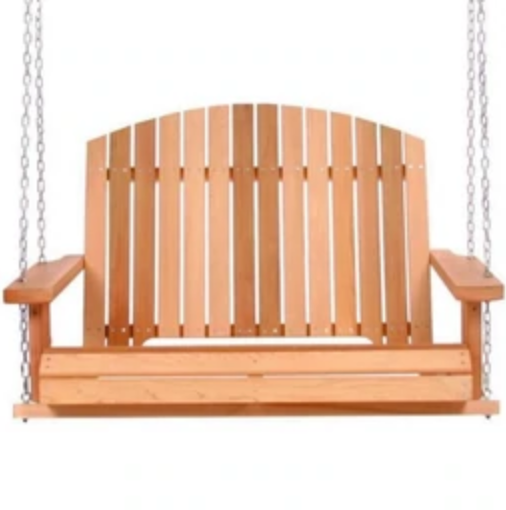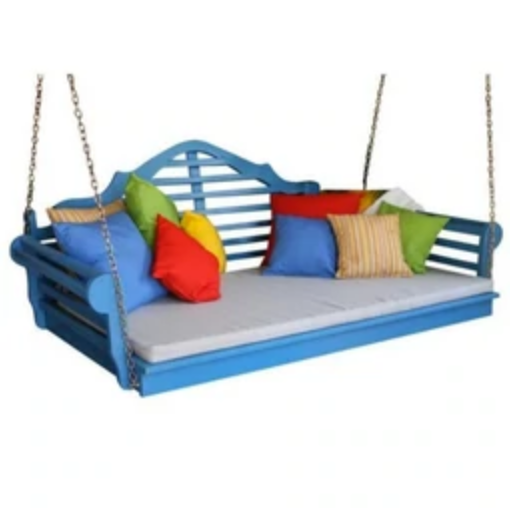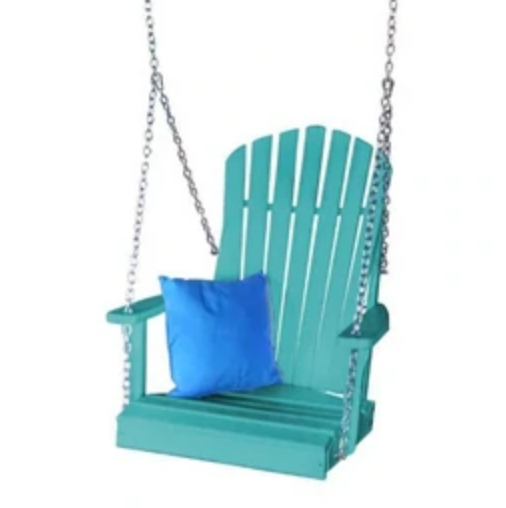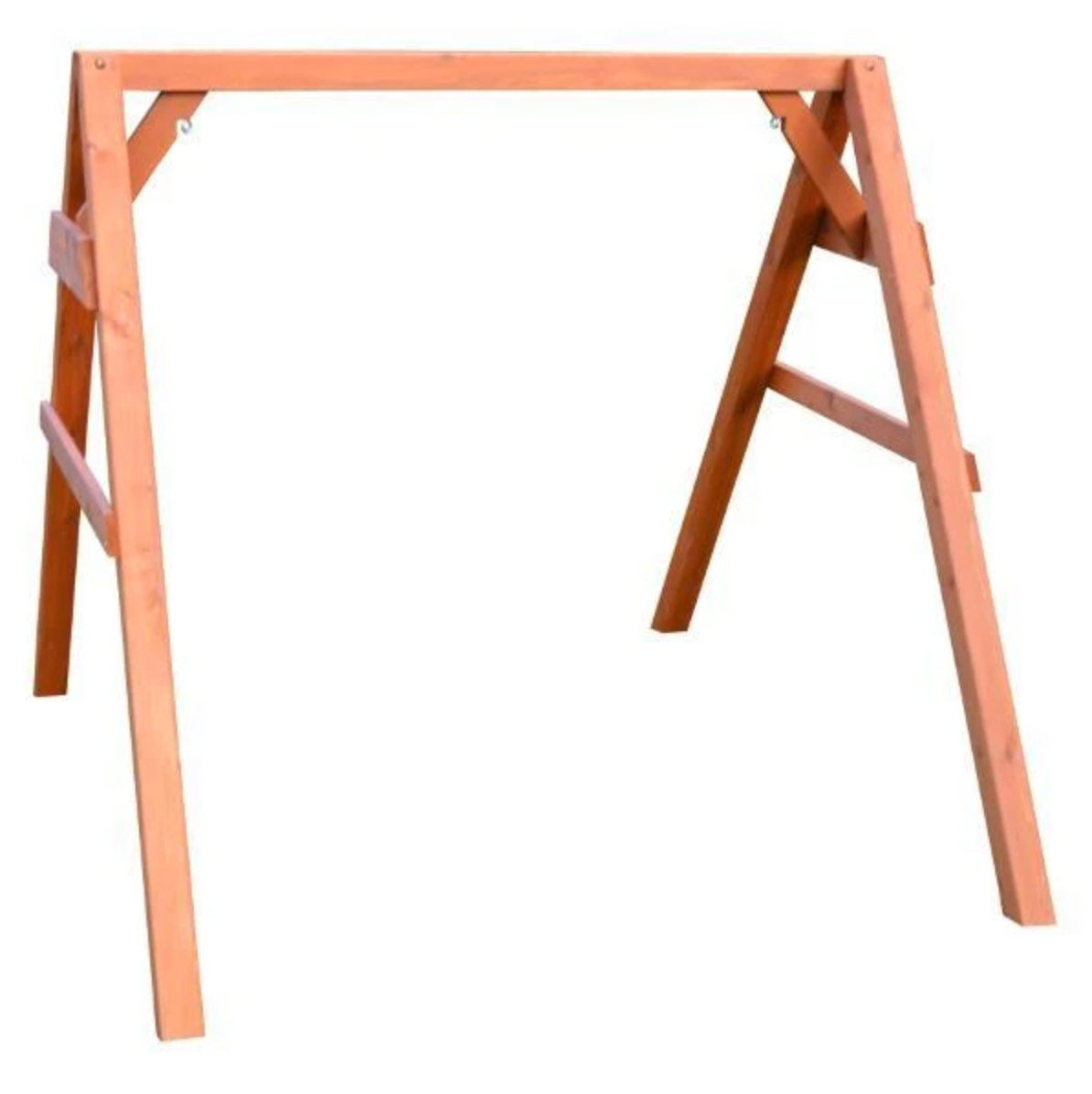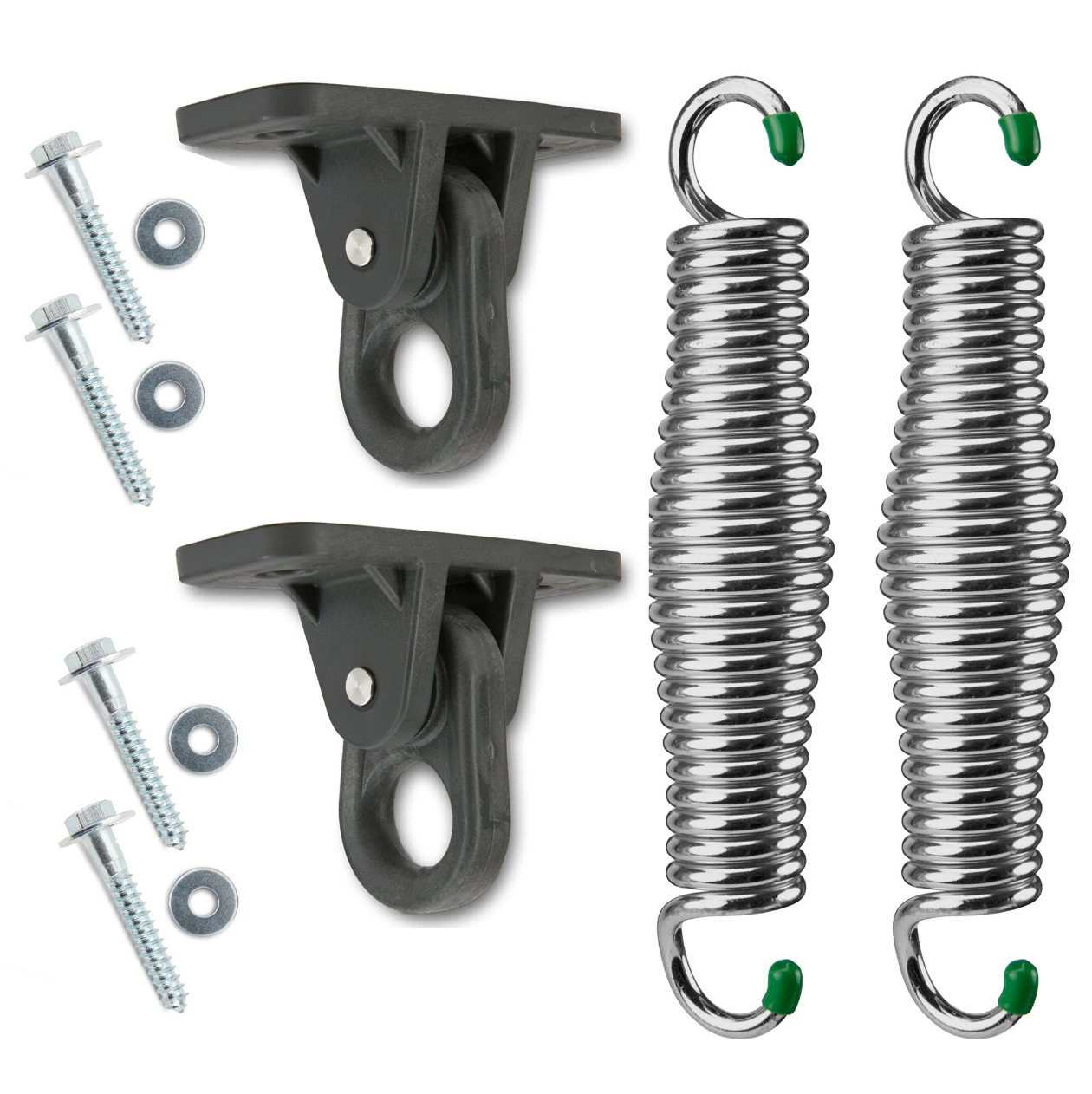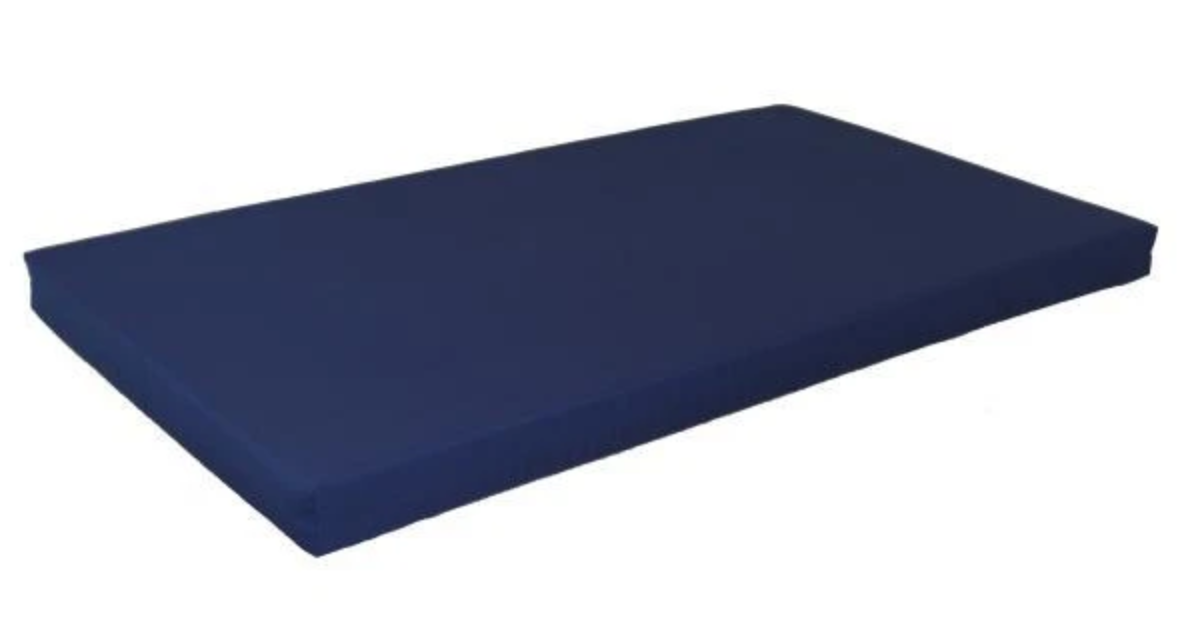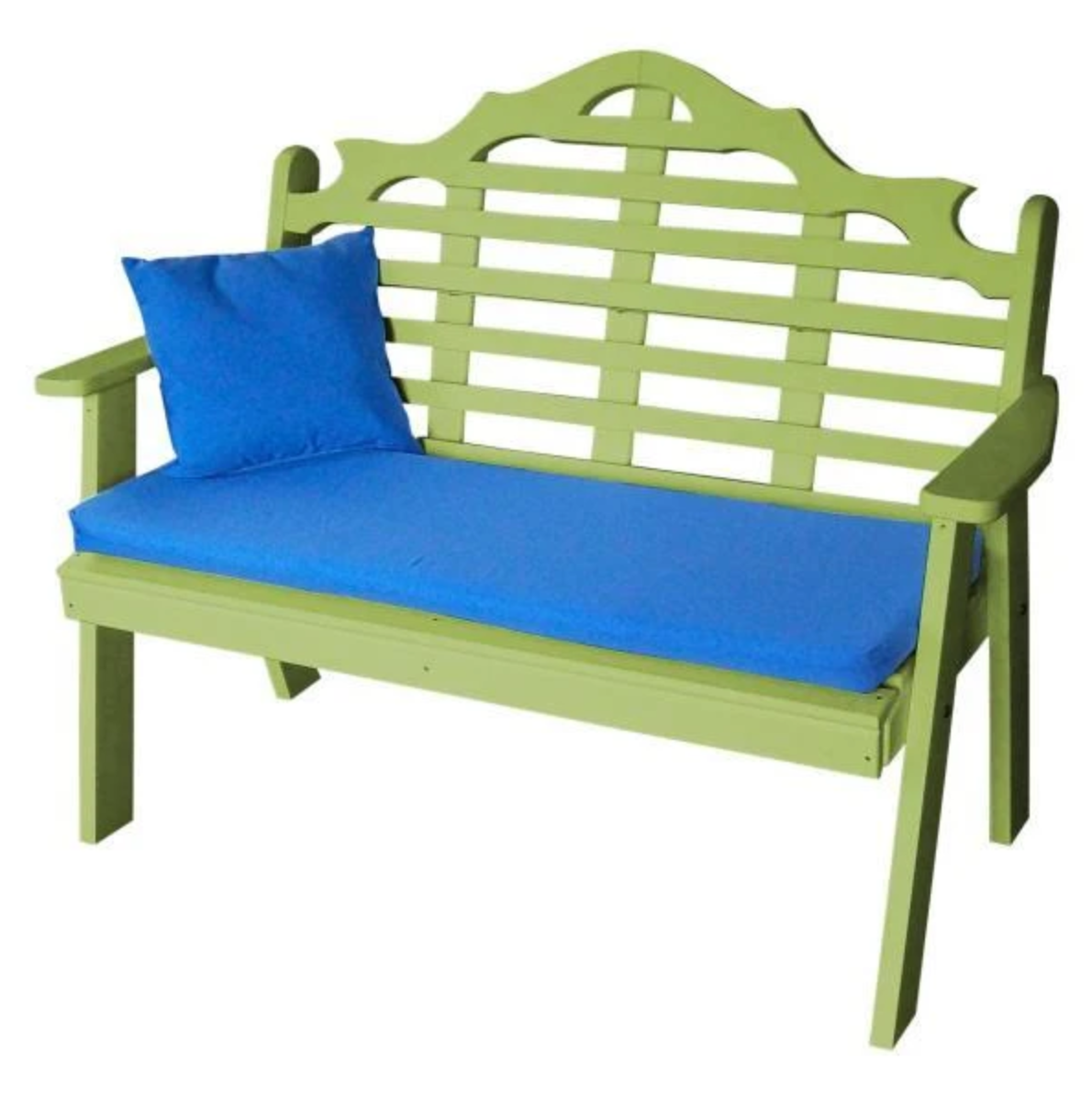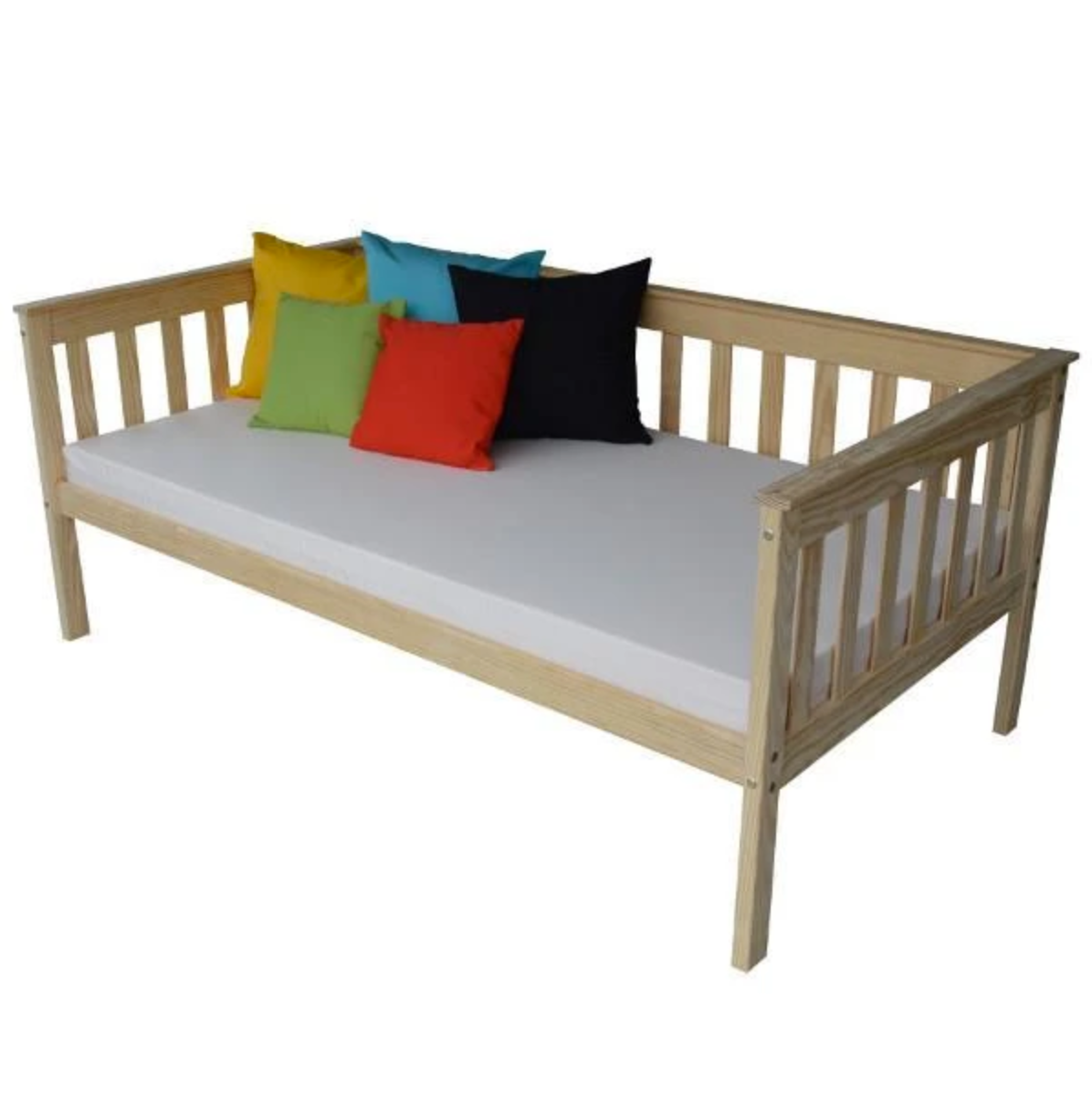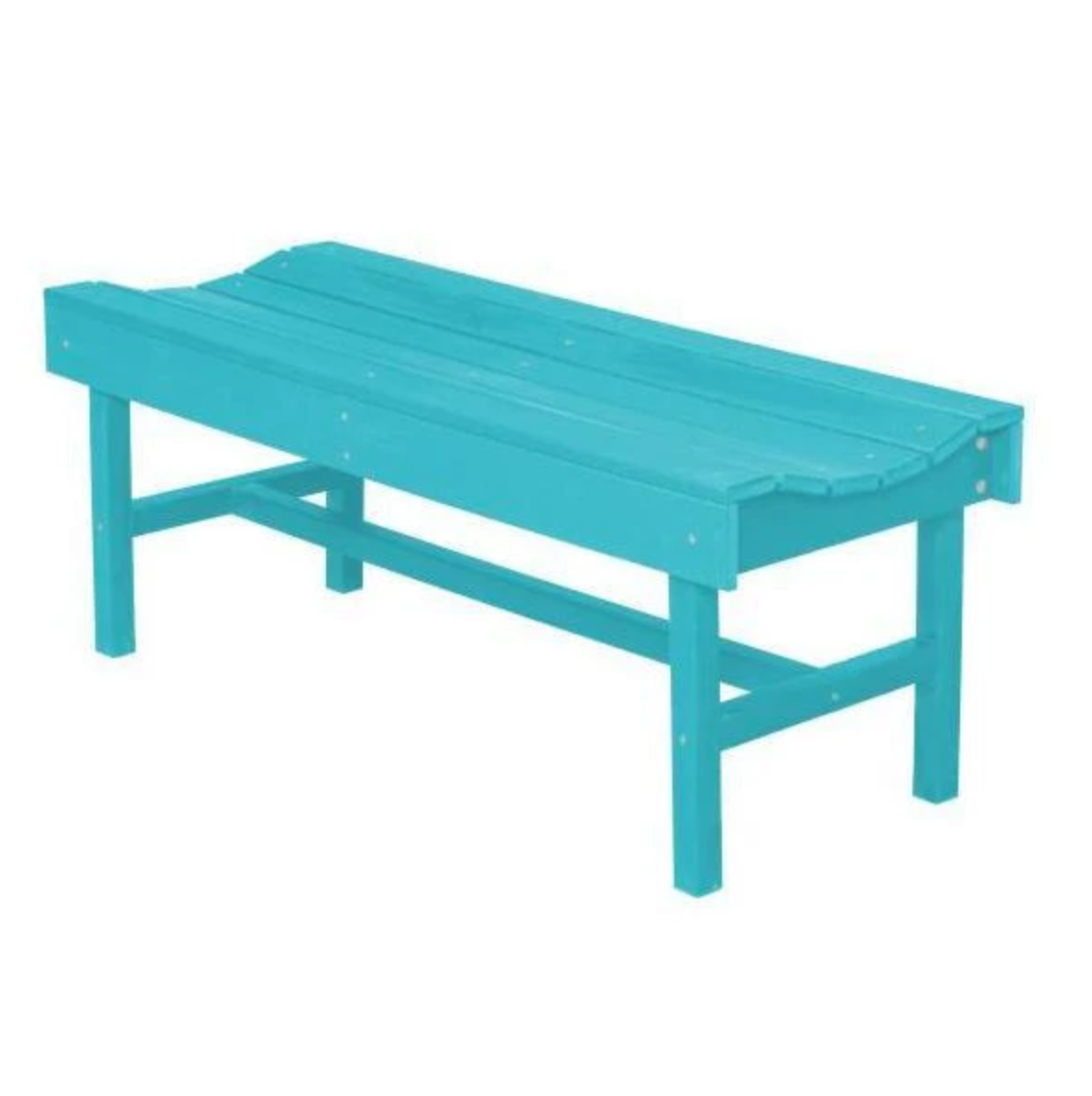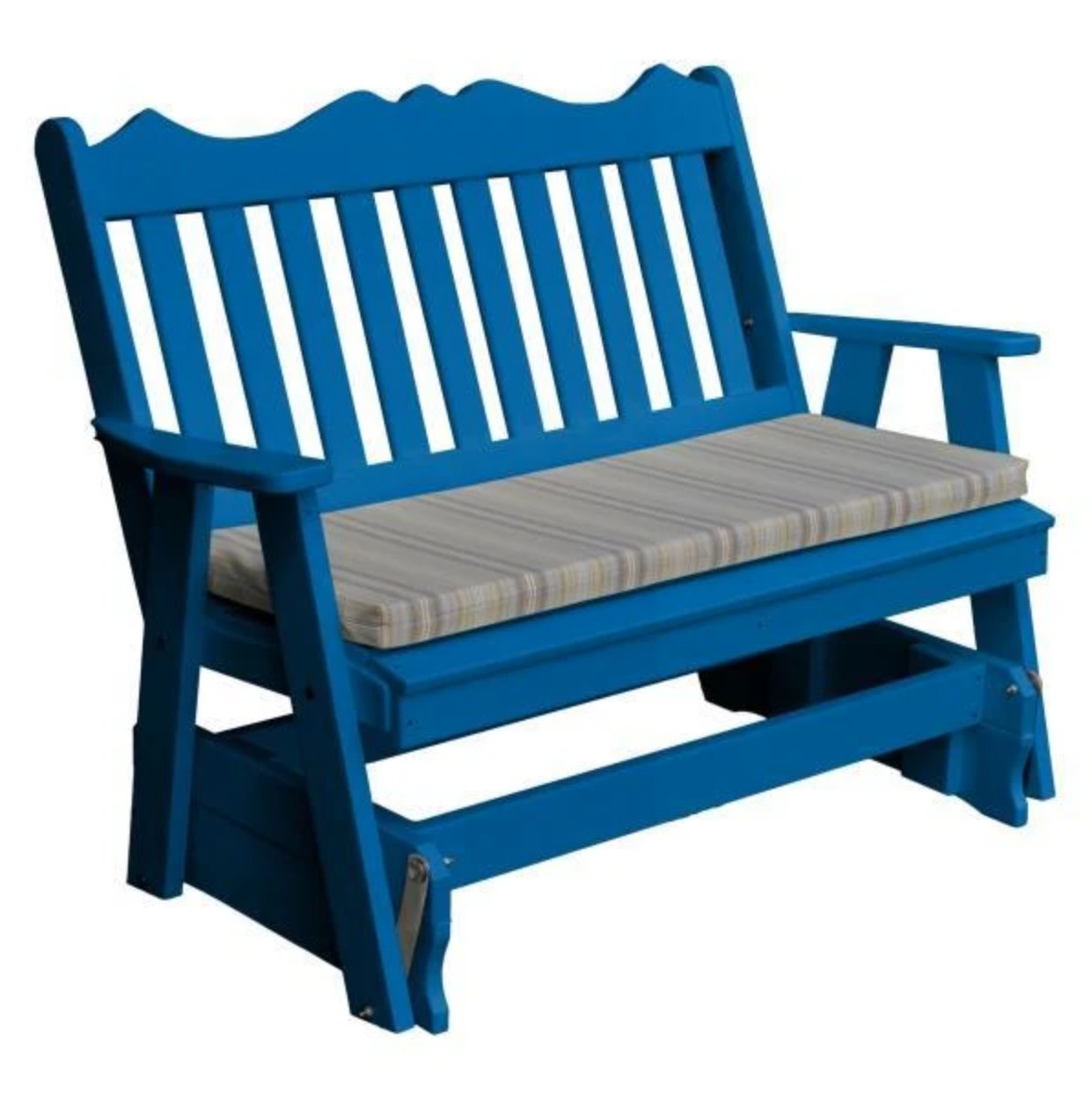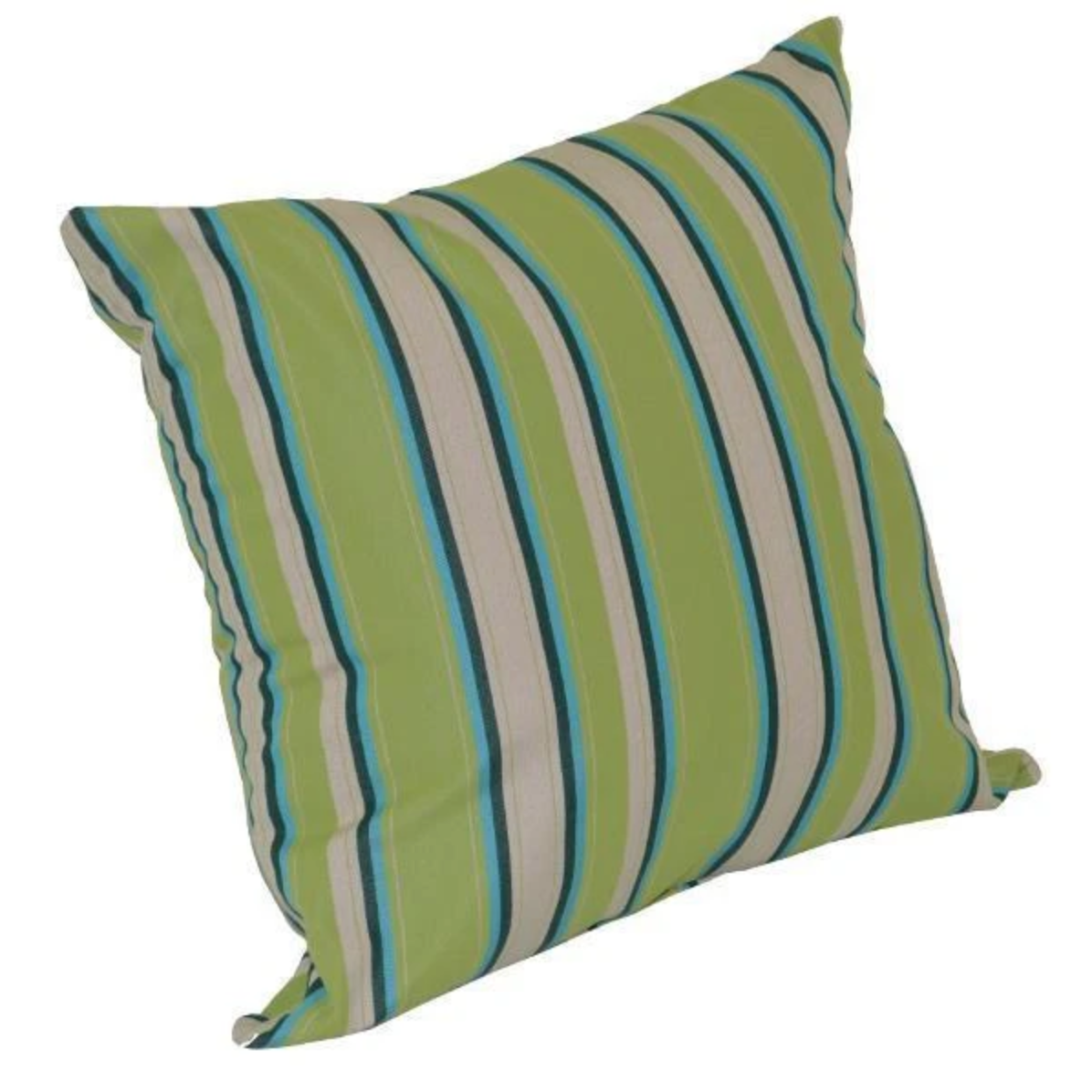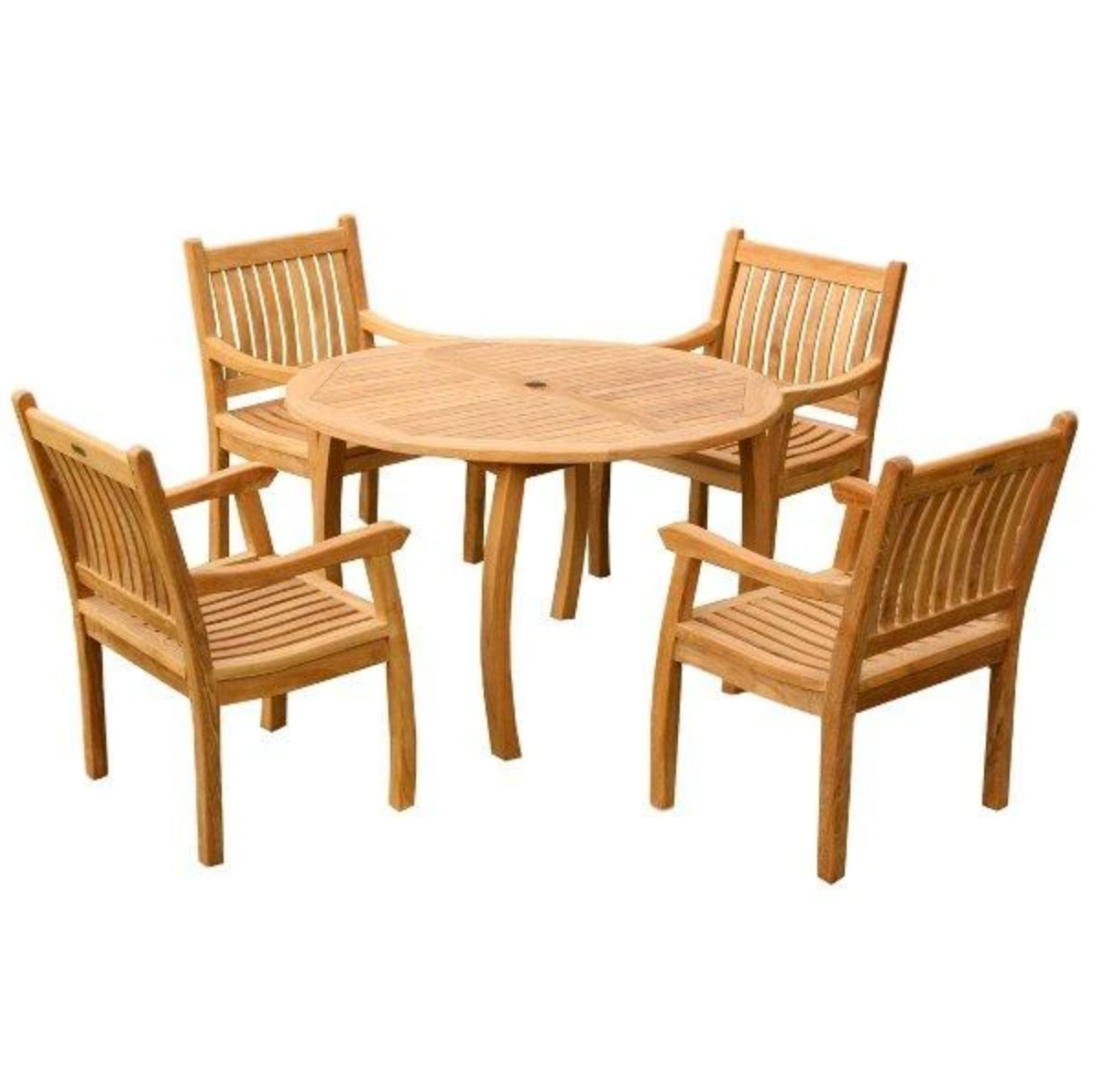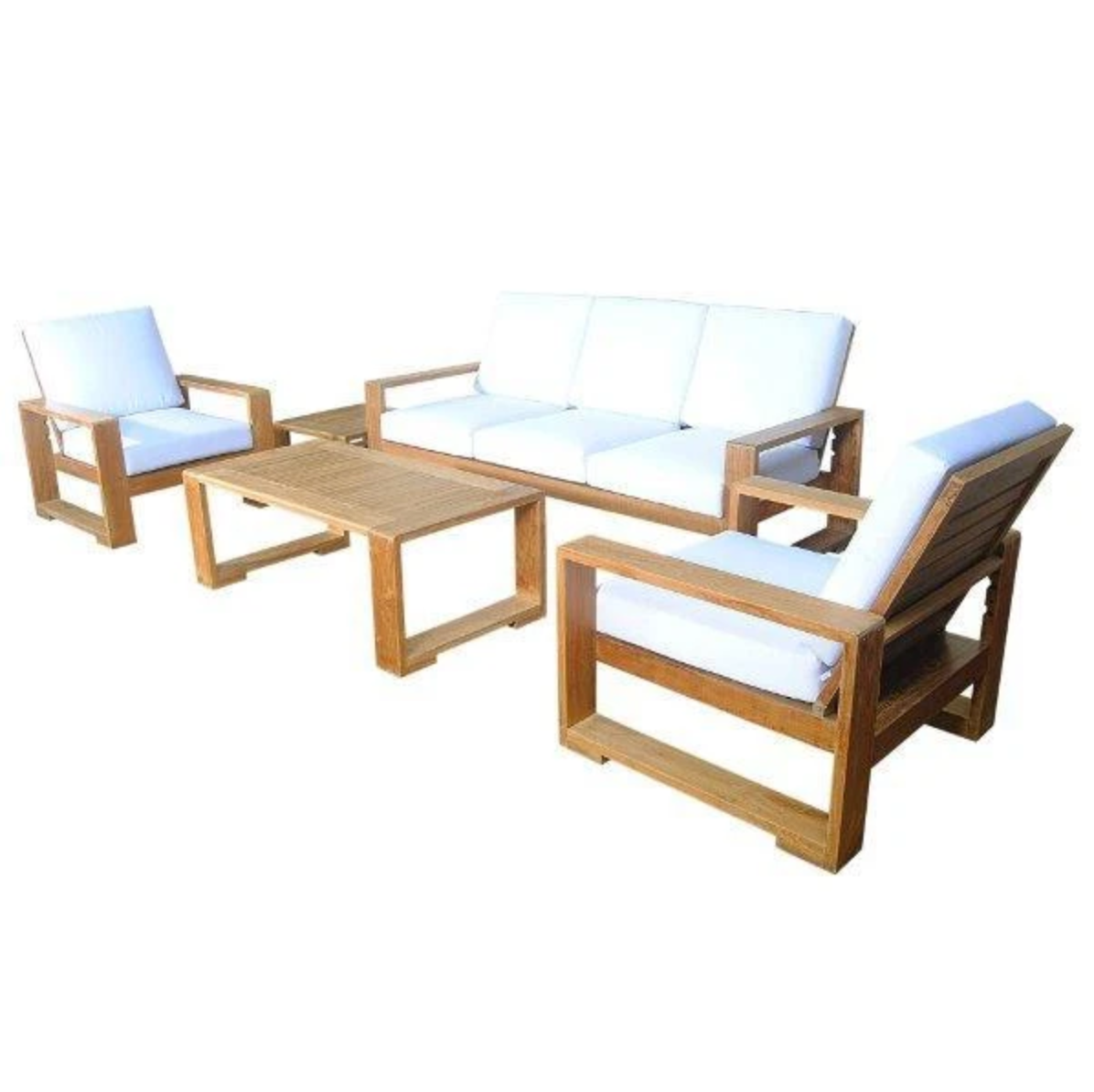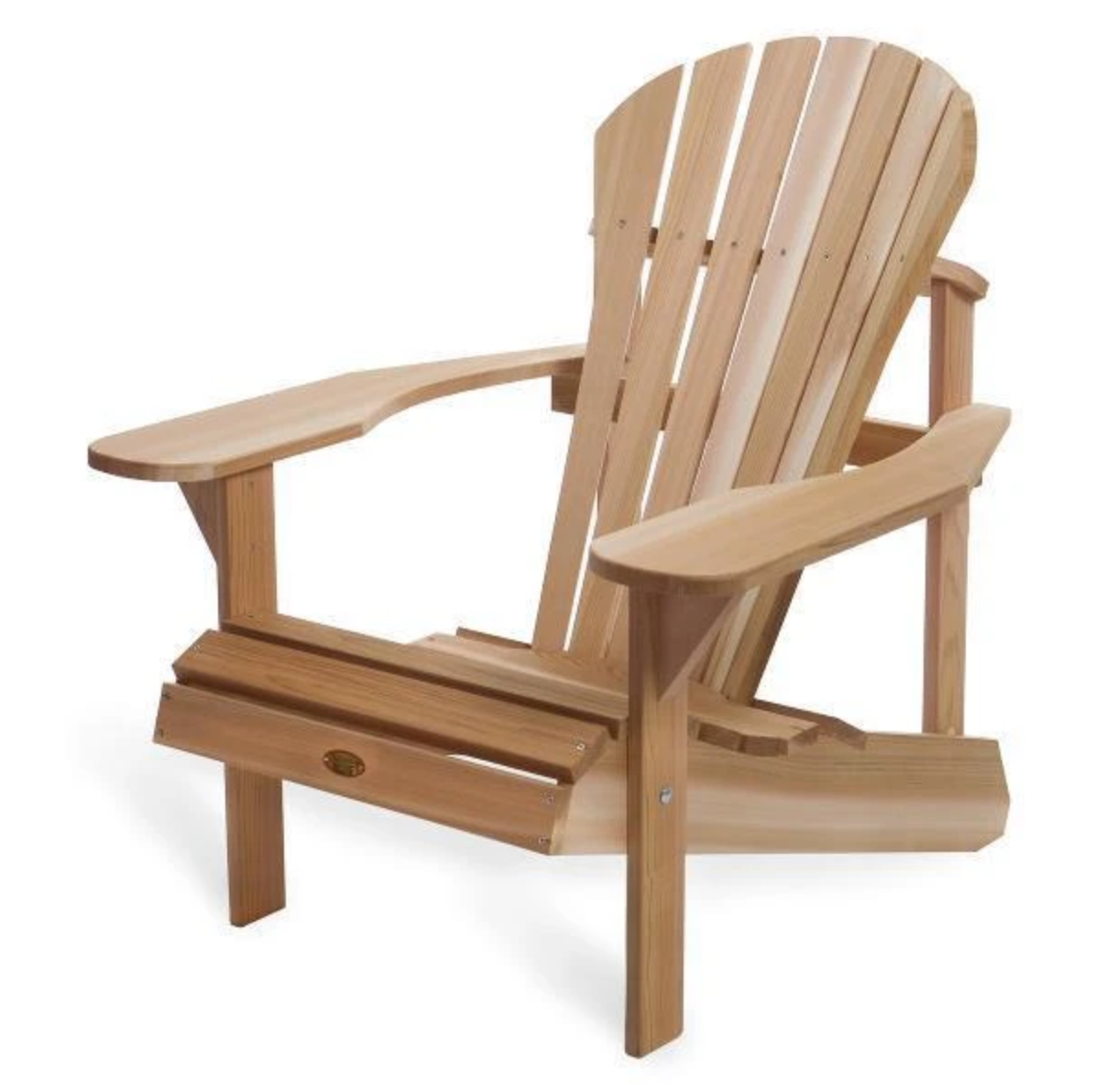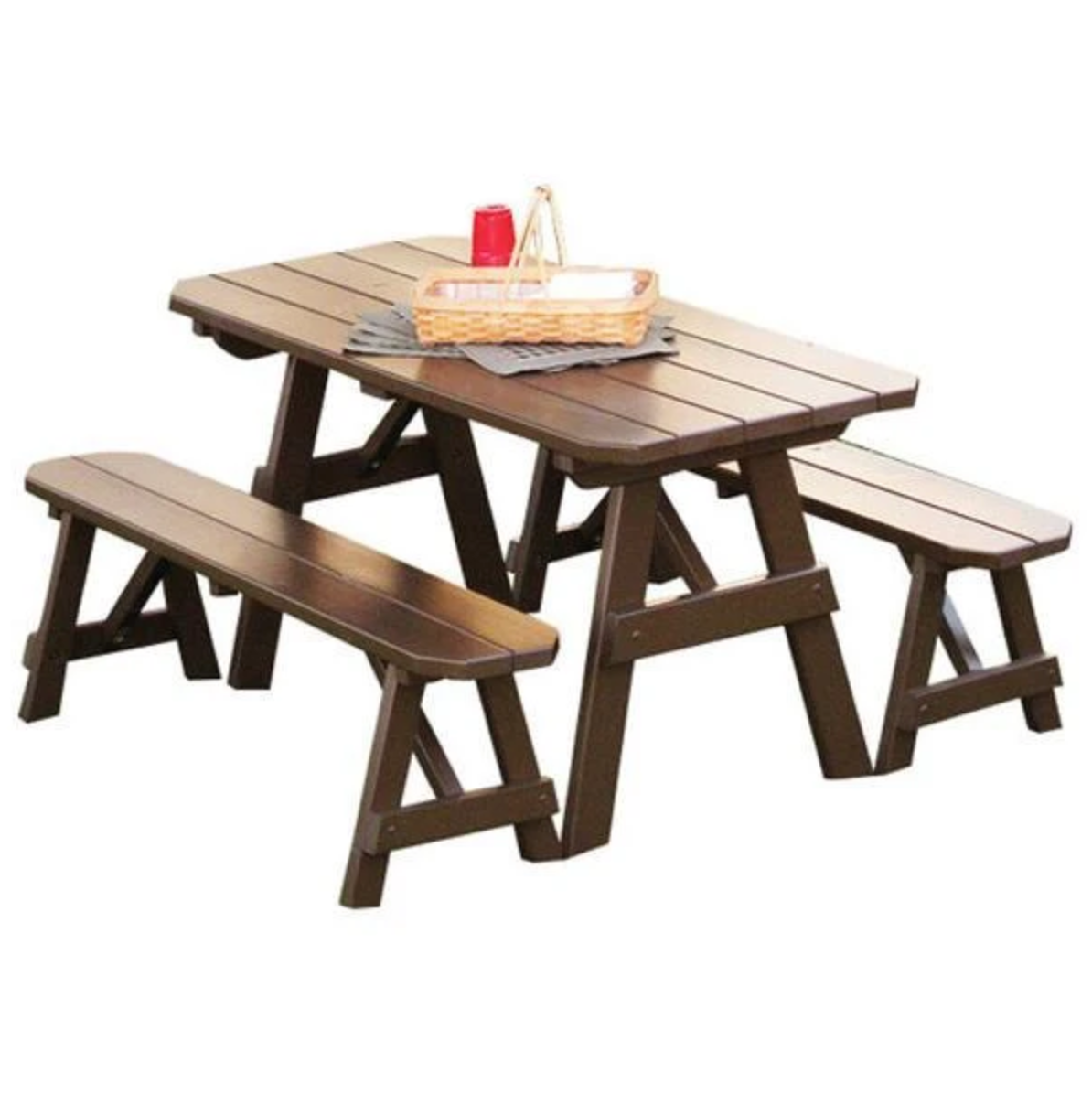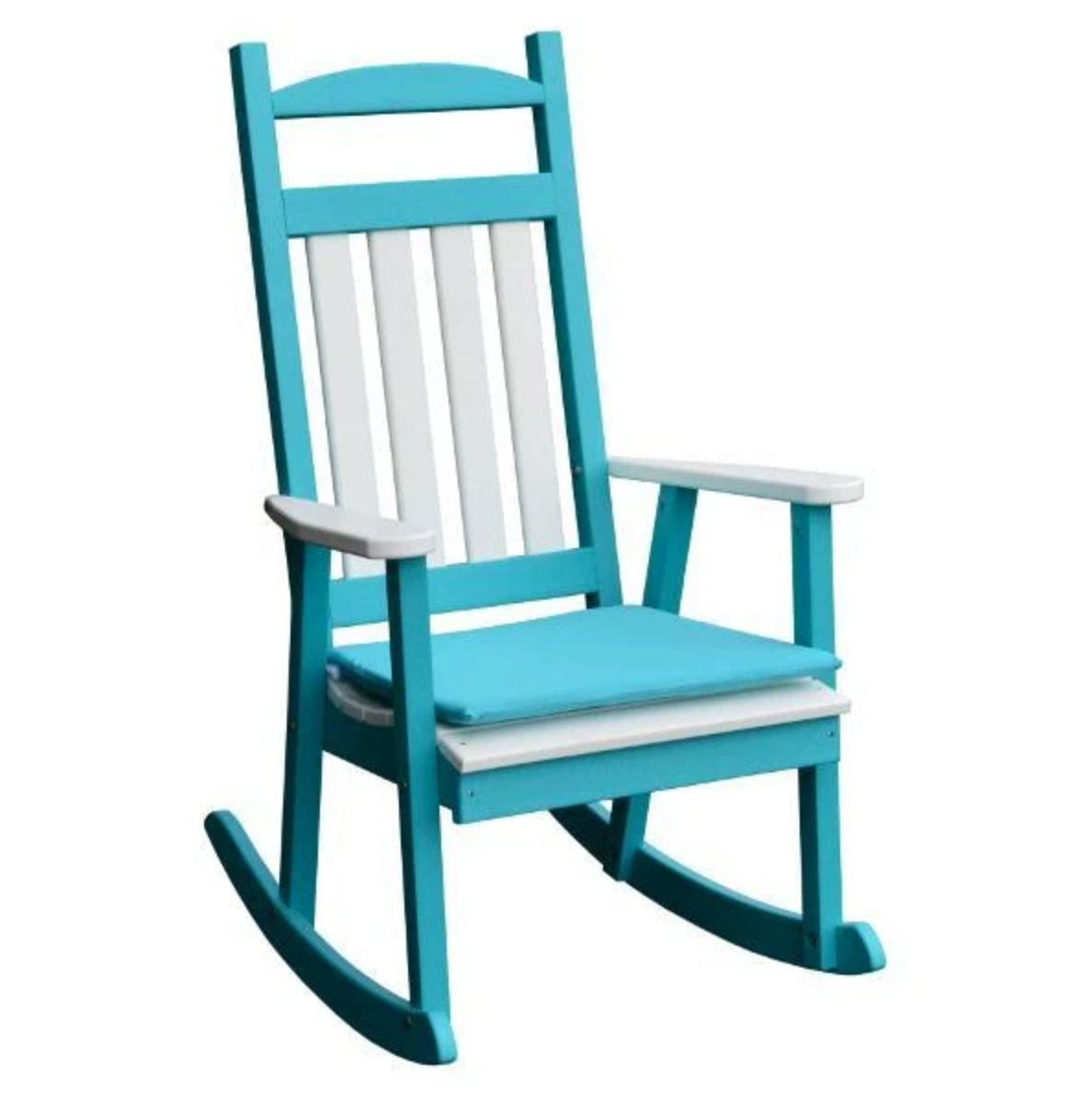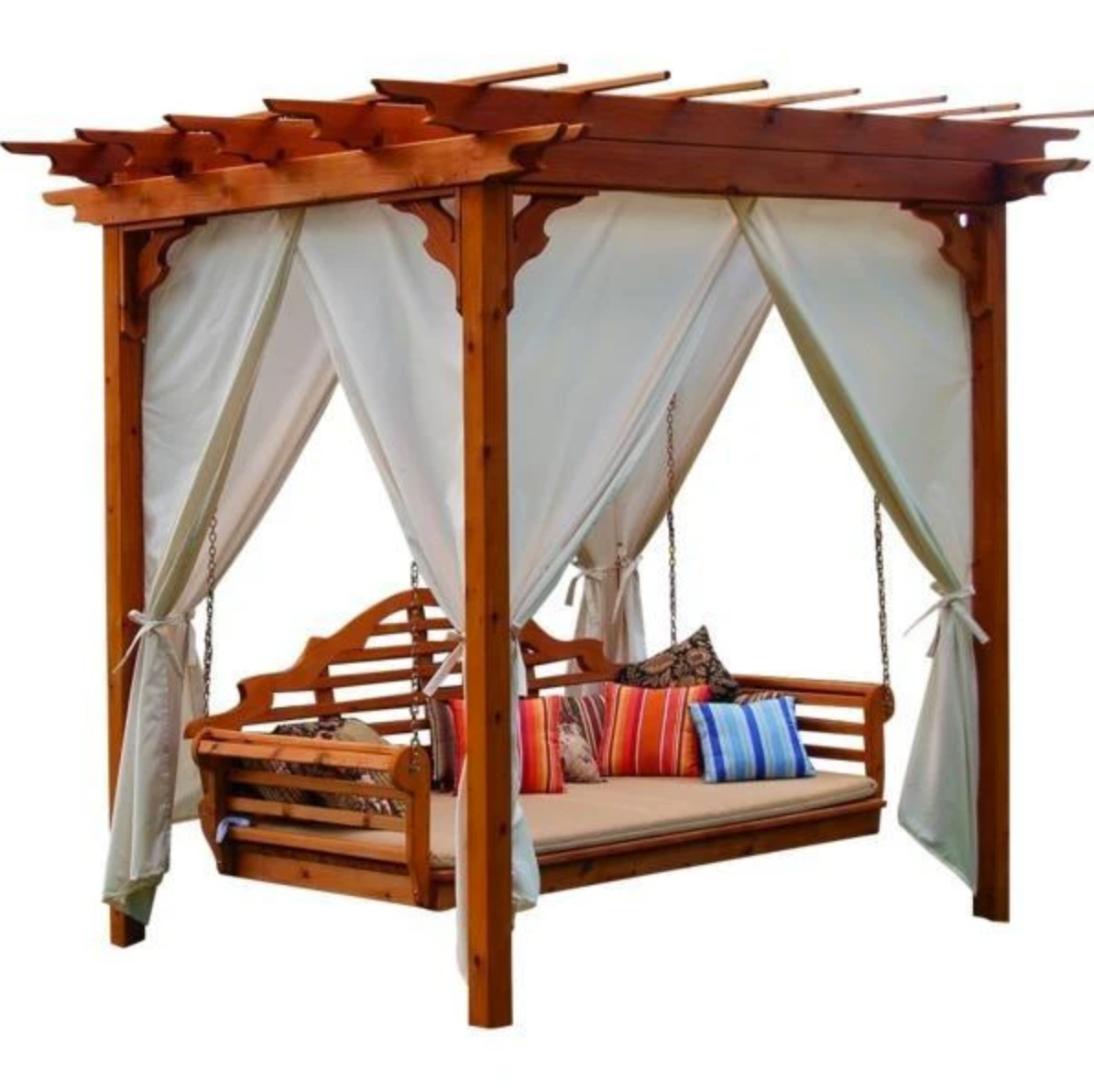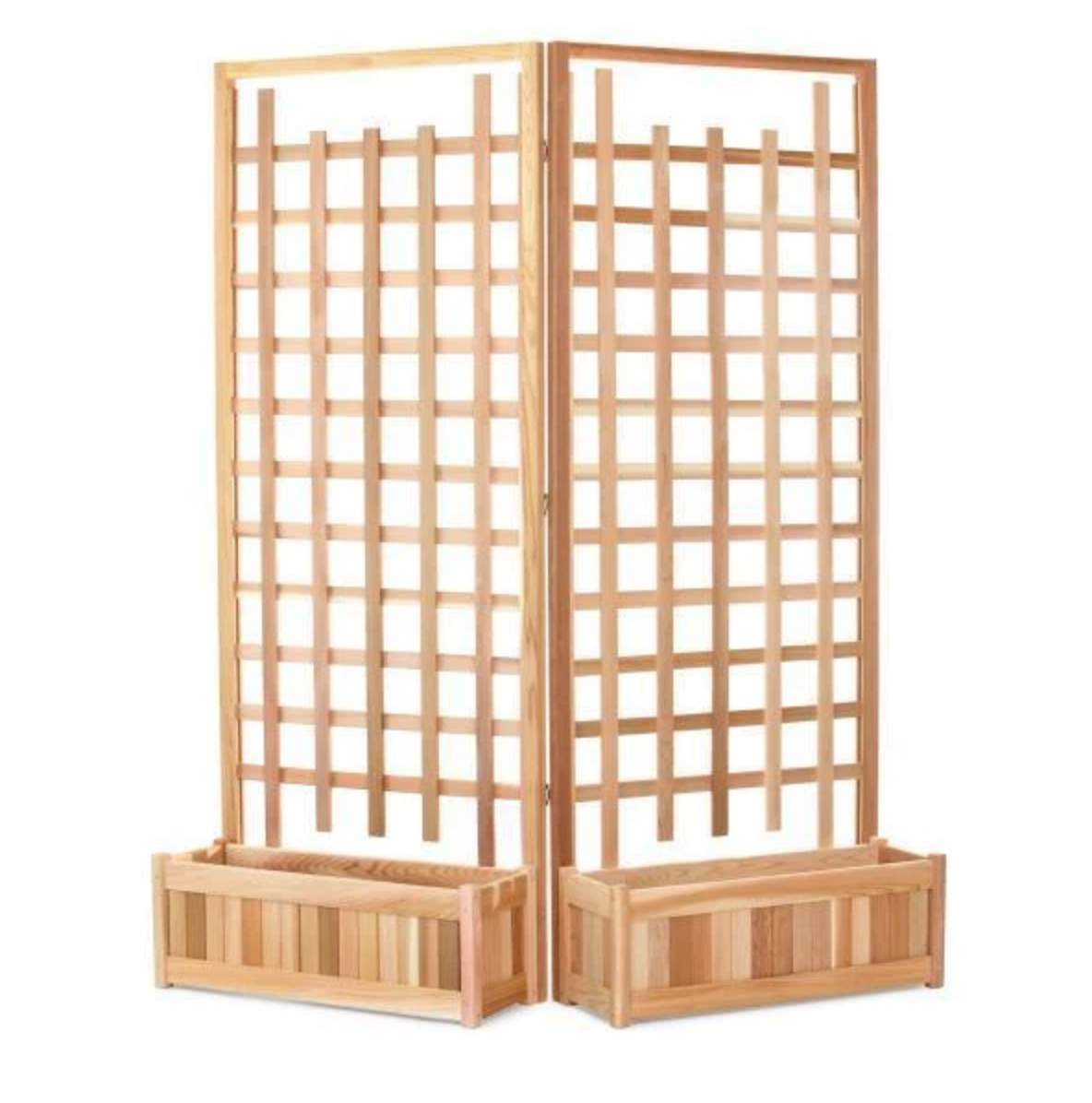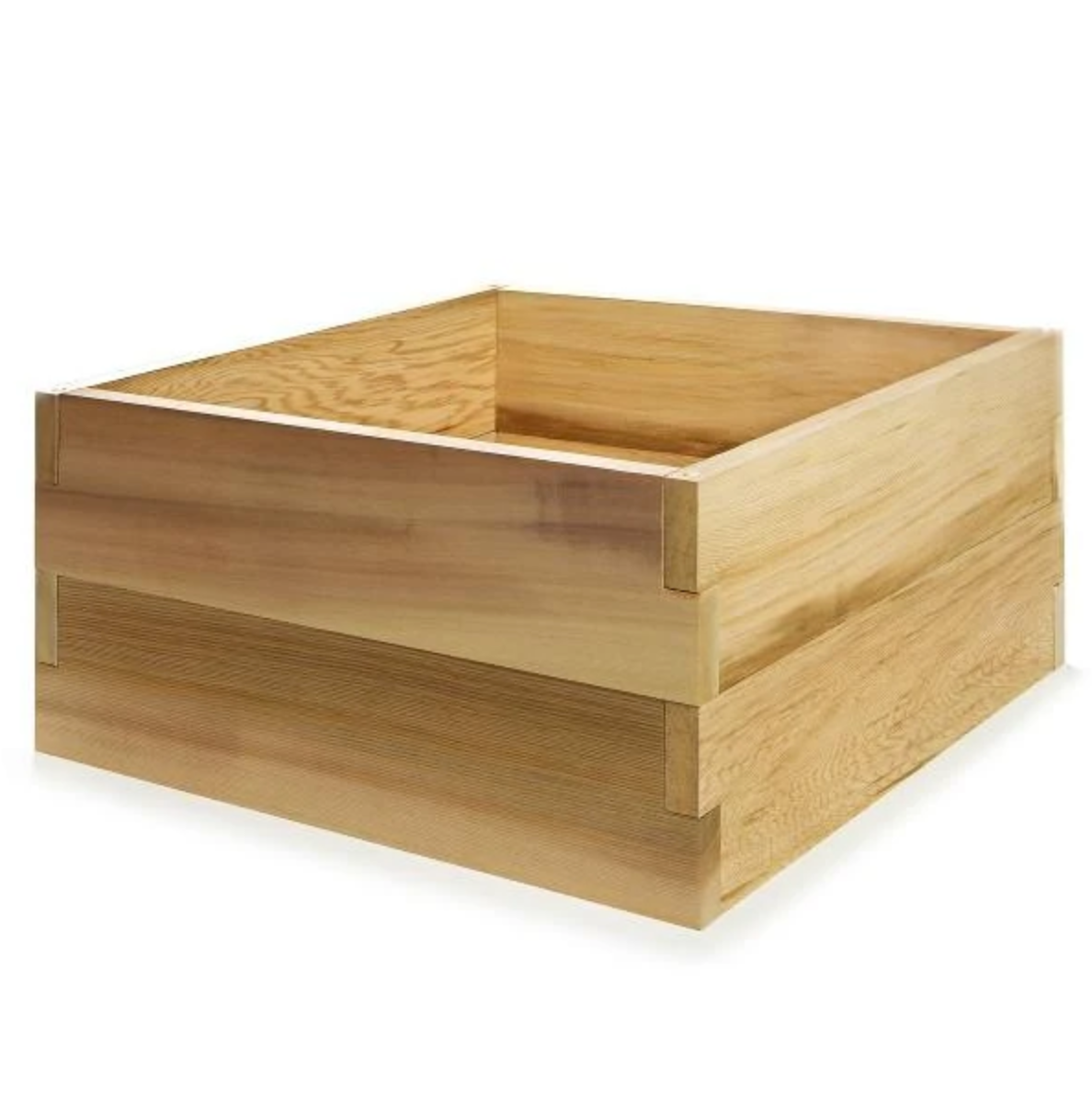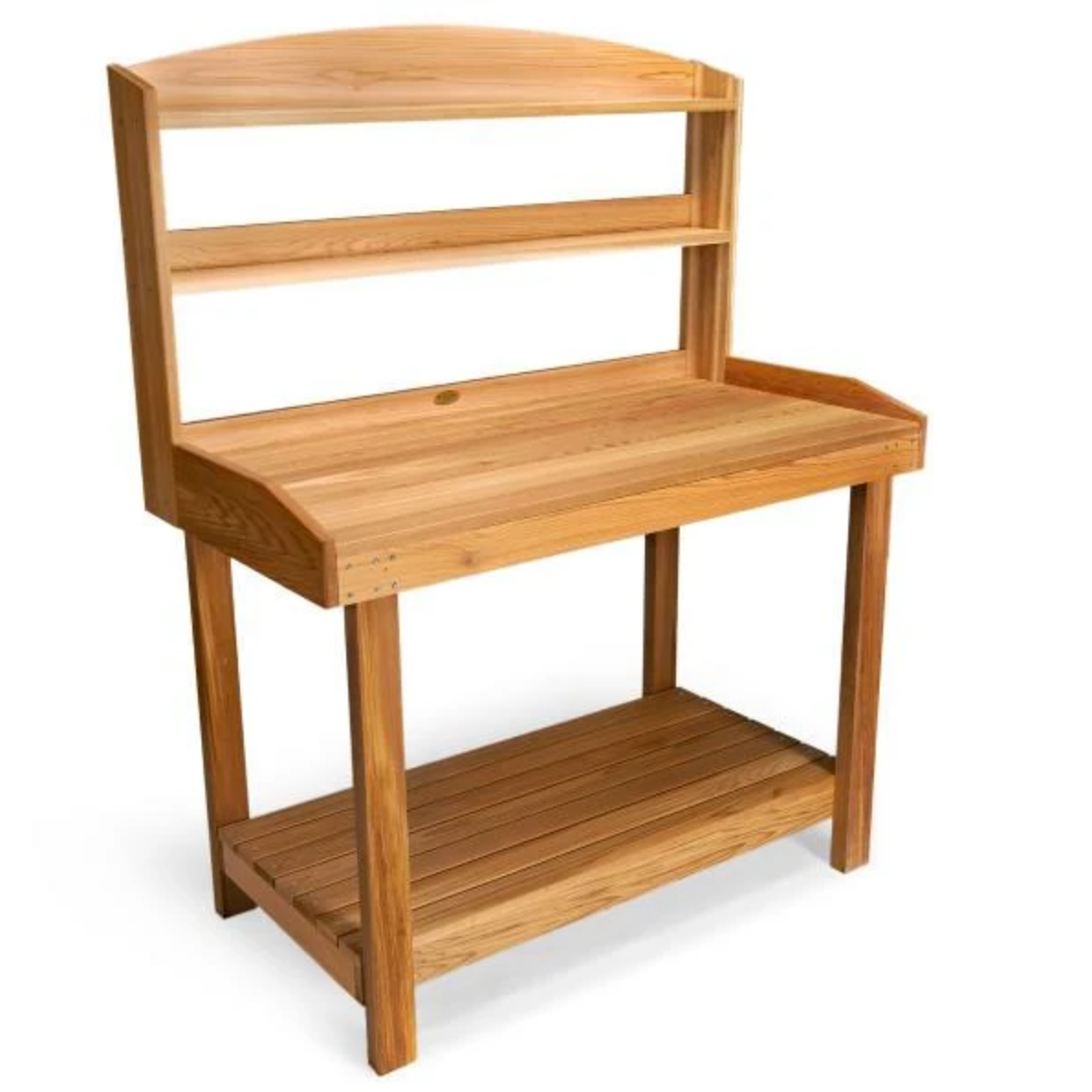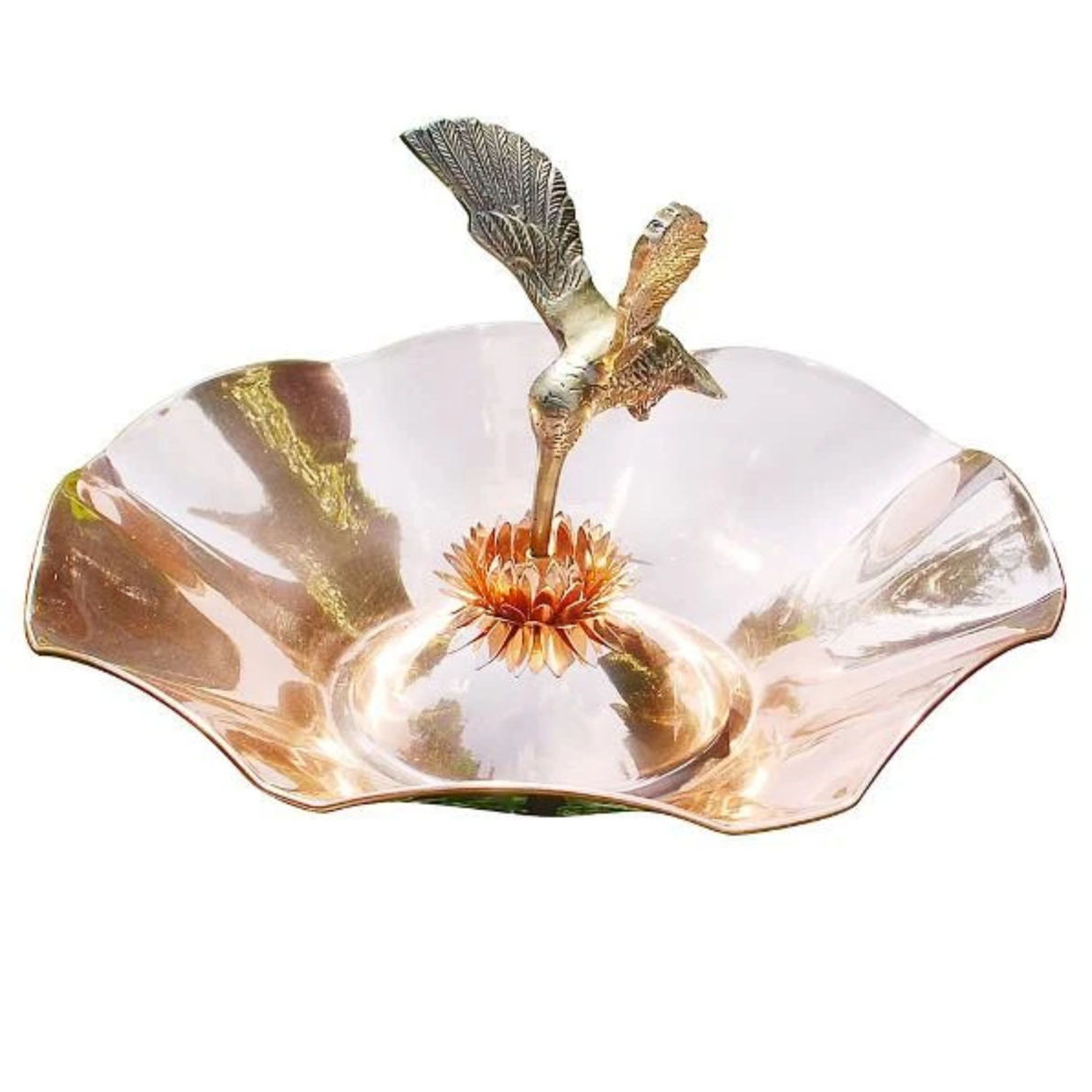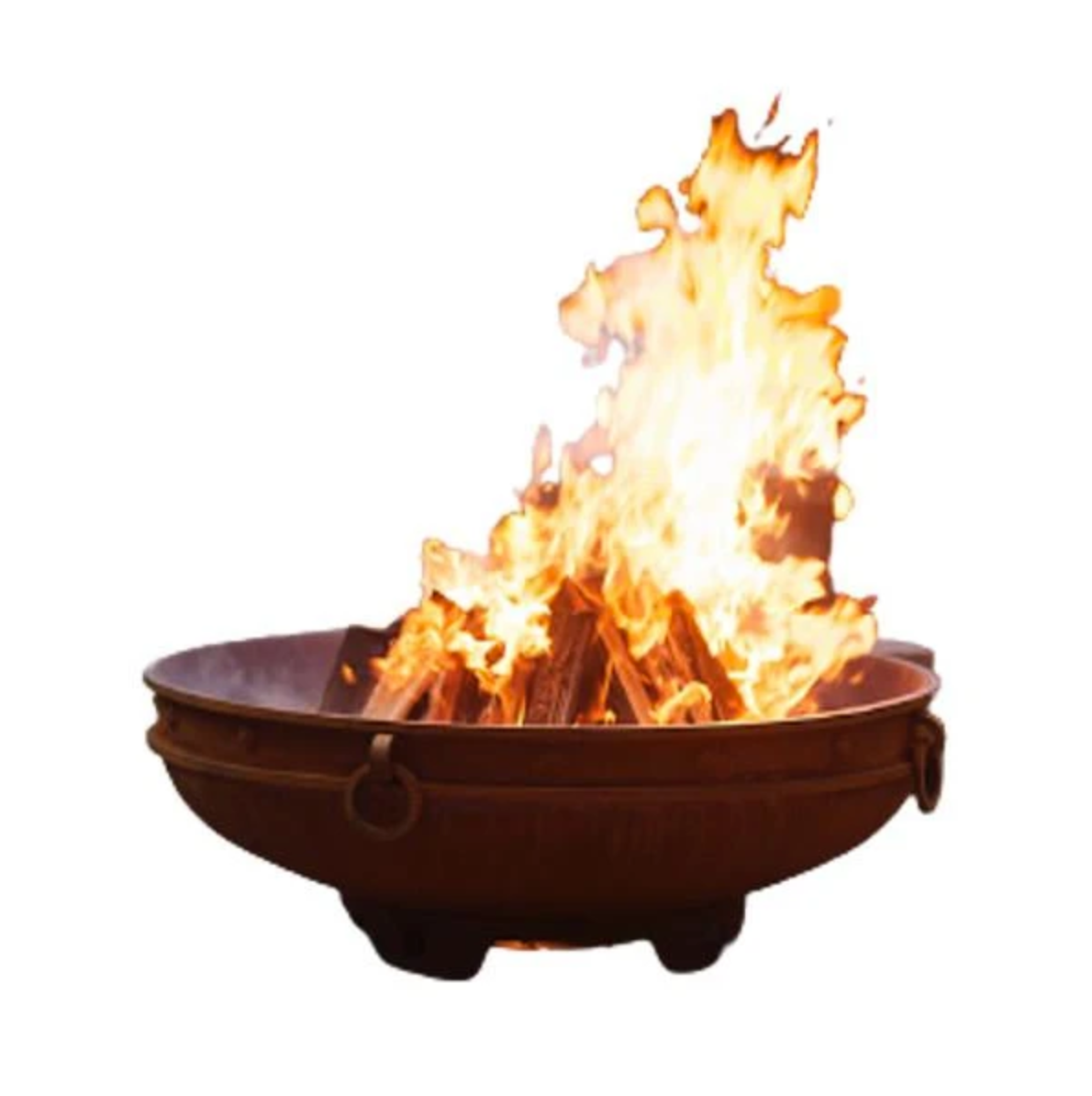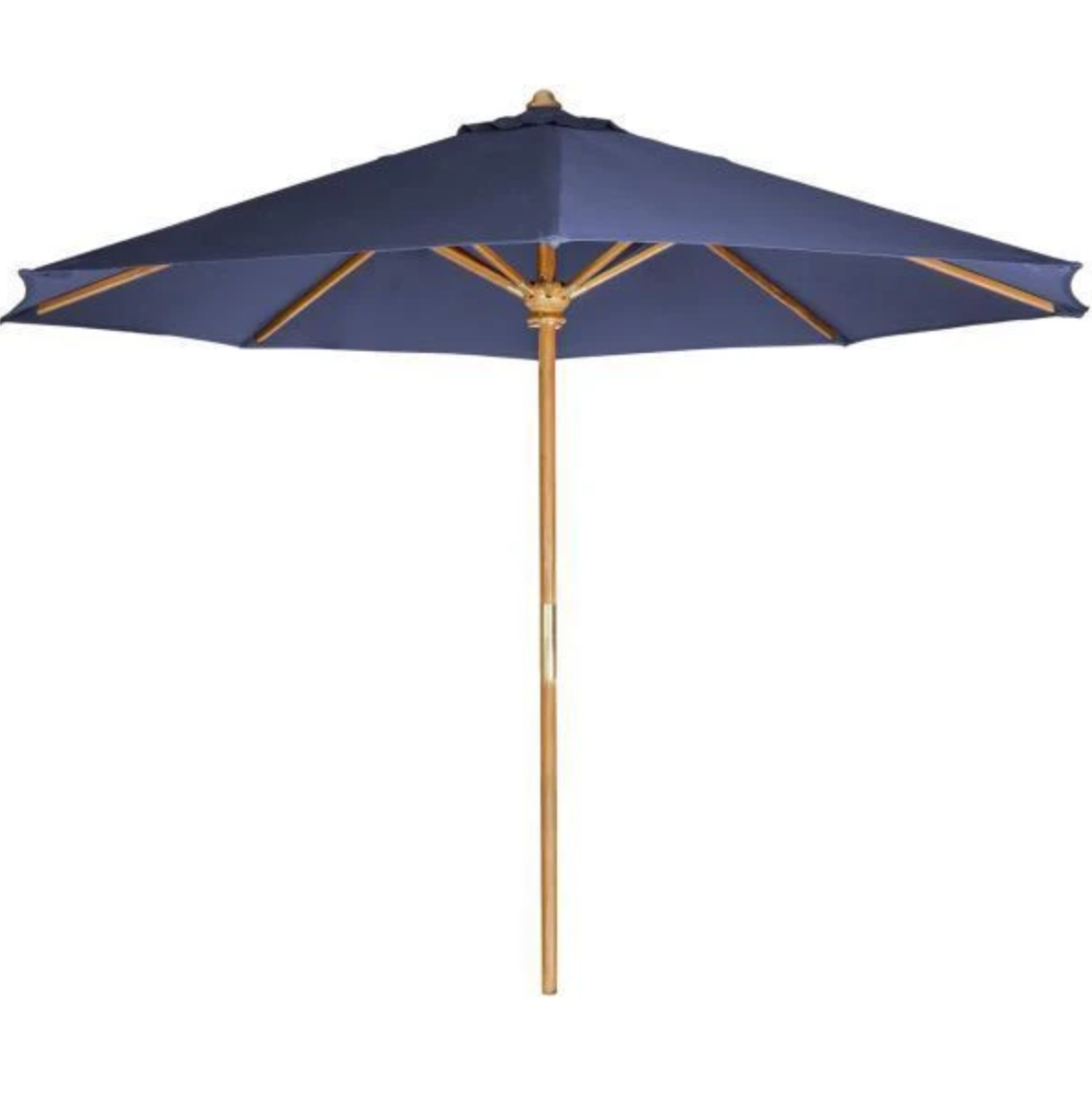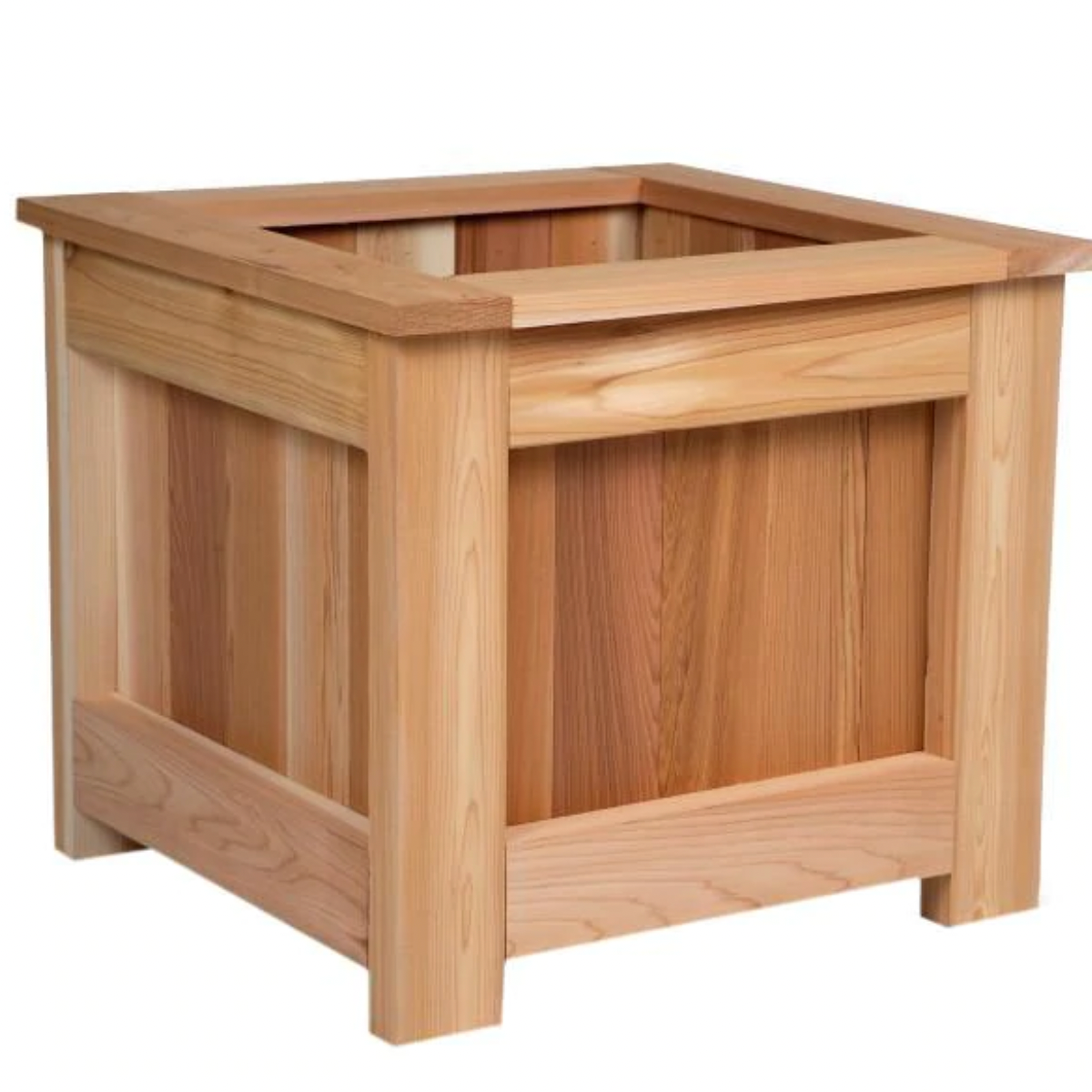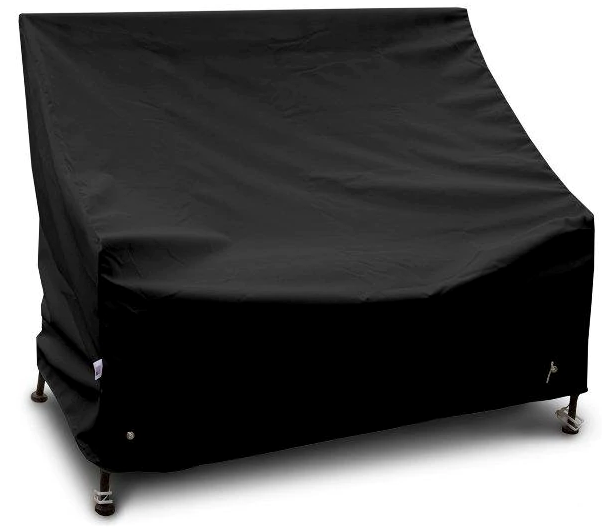Your Cart is Empty
FREE SHIPPING ON EVERY ORDER
Menu

FREE SHIPPING ON EVERY ORDER
Swings
Benches
Tables & Chairs
Home & Garden
Beginners Guide To Buying Patio Furniture

Buying patio furniture can sometimes be an overwhelming task, especially when purchasing your outdoor furniture. When it comes to selecting furniture for your patio or porch, there are no hard and fast rules. Patios aren't just a receiving area of the house. It's meant to provide a space for lounging, for partying, for BBQ nights, and for chilling out with family or friends. As it has many functions, there are also endless possibilities in choosing your patio furniture. If you have a newly bought or built house and you want to start dressing up and furnishing your patio, here are some of the things to consider.
Tips When Buying Patio Furniture

1. Ask yourself the things you want to do on your patio
Do you want a quiet corner to read a book? Do you want an outdoor kitchen for those summer parties? Do you want a dining area or just a lounge area for you and your guests? Do you want it to be very calm and relaxed or more formal? What type of parties are you going to hold? Will it is cocktail parties, or will it be a full-blast BBQ party?
The more questions you can come up with, the more you can visualize what type of furniture you will be needing.
2. Only get furniture appropriate for your space
Measurements are crucial when it comes to buying furniture. Without checking, you might get chairs that are too big for your space. Choose furniture that will is appropriate for your area. Get a bar table with stools that won't take up too much space over a dining table and chair set. Get a piece of multi-functional furniture that doubles as storage or a chair with a wide armrest where you can place drinks. Corner furniture also fills in awkward nooks and crannies, so no space is wasted.
Take note of your space's length and width by merely using a measuring tape. Take it with you for reference. You can also make a mini floor plan or bubble diagram, so you know what you want to place. Furniture sellers will likely ask you anyway what your patio's measurements and shapes are.

3. Be like Goldilocks and test out the comfort
Go ahead and sit on it. Like buying a bed or a sofa for your home, be sure to test your chosen items before buying it. The style should only come second to comfort. After all, you don't want a chair to be too hard or too soft. You want it to be just right.
4. Choose easy-to-care patio furniture
If you have children and pets or plan to hold parties on your patio regularly, choose furniture that is easy to clean. Most patio furniture is easy to maintain as it is built for the outdoors.
5. Don't ignore your location
Locations play an essential part in determining the right type of material for your patio. If you live by the beach, know that certain metals will likely rust due to the salty air. If you live in an area that's hot and dry all year long, aluminum furniture may get too hot to sit on. You might also be bothered by sap-dripping trees, and you'll be happy to know in advance that taking out pine needles from wicker furniture is a big pain in the neck.

6. Invest in high-quality furniture
It's way too easy to be tempted by bargains deals or pick out a cheaper plywood chair over a teak chair meant for outdoor use. The truth is investing in high-quality patio furniture like a bed or bench swing couldn't be more critical. It makes more sense to shell out more on quality patio furniture than indoor furniture as these pieces will be exposed to weather elements. Keep an open eye on expensive furniture with low quality. Read reviews and research on the best type of material suitable for your climate. Choose the best furniture that is meant to last for a very long time and something that you will pass down to your children.
7. Do stray out from the neutral palette
No rule says that you only have to get patio furniture in neutral or safe colors. While these colors compliment the color of nature and always goes well with everything, it's also okay to choose brightly colored furniture. Deep oranges, reds, blues, and greens are still a welcome addition to liven up a dull-looking patio.
8. Research your materials
Figure out early on what type of material works best in your location. You don't want to get an item of aluminum furniture only to find out that it gets too hot and uncomfortable in humid areas. Arm yourself with research as you go shopping, and don't be ashamed to ask your sellers what they can recommend for the type of weather conditions you have. For example, there is a lot of synthetic wicker furniture which mimics the look of real wicker but is more suitable for the outdoors and is easier to clean.

9. Invest in protection
If you do invest in outdoor furniture, make an effort to protect it during winter or storms or from mildew and mold. Store your furniture during winter, or if you don't have space, choose knock-down or foldable patio furniture that won't take up too much space. You might also want to consider buying zipper cases, or if you really can shell out some big bucks for your patio furniture, consider investing in container storage to house all your valuable furniture during the off-season.
Mostly, just have fun in picking out your outdoor furniture. Dress your patio up like you would any part of your house. Put out accessories, throws, and rugs to compliment your decor or traditional bed swing. Scavenge for rare finds in flea markets and shop for bargains during sale seasons, and you'll soon see yourself in a stylish and cozy patio arrangement.
Also in News
US
United States
Jan 01, 2026 22:28
Product Tag :
Product Collection :
×
